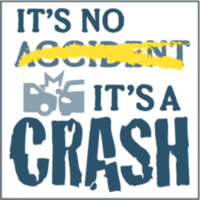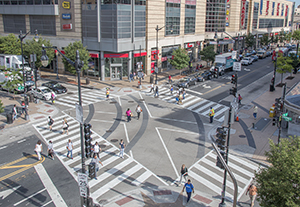U.S. Department of Transportation
Federal Highway Administration
1200 New Jersey Avenue, SE
Washington, DC 20590
202-366-4000


Safety culture can be defined as the shared values, actions, and behaviors that demonstrate a commitment to safety over competing goals and demands.
Consensus among safety experts is that a safety culture exists in different forms in the transportation industry. Two forms that resonate the most with transportation organizations are an organizational safety culture and a public safety culture
Organizational Safety Culture
The extent to which safety is valued and pursued by an organization indicates the strength of that organization's safety culture. The organization proactively elevates road safety as a priority for its employees. If the organization is in the transportation industry, it embraces safety and makes a commitment to integrate safety in all aspects of transportation programs and projects. Employees have safety in mind when planning, scoping, designing, and constructing a road. Employees regularly communicate the importance of road safety with colleagues, customers, and contractors. Executive leaders are vocal supporters of safety and empower employees to seek innovative approaches to improving safety even if safety is not explicitly part of everyone's job title
Public Safety Culture
States or communities with a safety culture have citizens who understand the risks associated with transportation and choose to make safe choices when using the transportation system. Road users in a community with a strong safety culture are likely to use their safety devices (e.g. seat belts, child safety seats, helmets, etc.) voluntarily, obey traffic laws, limit distractions, and refrain from using the roads when impaired.
A strong safety culture provides the foundation for two of FHWA’s main priorities – reaching zero traffic deaths and advancing the Safe System approach. A zero deaths vision requires a change – a shift in culture both within transportation agencies, other organizations, and by the public. Reaching zero deaths also requires the implementation of the Safe System approach. This approach anticipates that humans make mistakes, and designs and manages road infrastructure so that those mistakes do not result in death or serious injury. This safety conscious thinking is the first step to ensure successful implementation of the Safe System approach.
Learn more about safety culture from the following materials:
Traffic Safety Culture Transportation Pooled Fund Program – Traffic Safety Culture Primer
Safety Compass Article – How are Vision Zero, Safe System, and Traffic Safety Culture Related?
